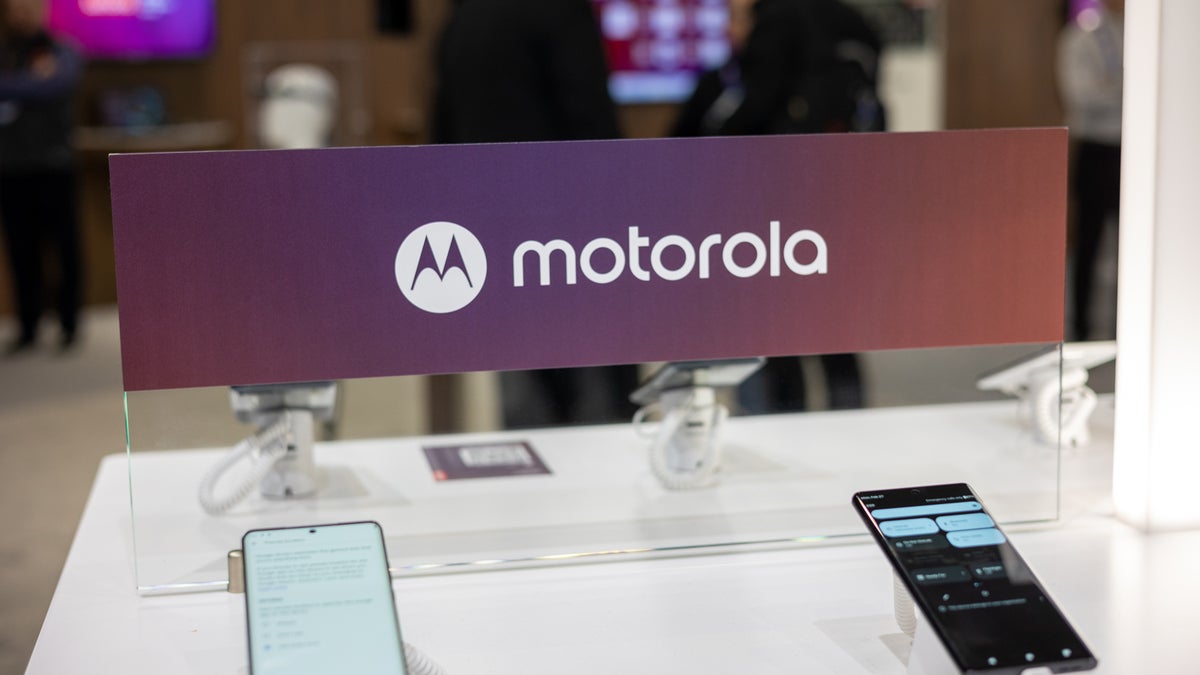When you buy through links on our articles, future and its syndication partners can earn a committee.
Credit: Jamesteoart / Shutterstock
The race to develop software-defined vehicles (SDV), accelerating clear leaders already releasing SDVs that are ready for the road, while others are scrambling to reorganize software divisions.
According to Deloitte, the SDV market is expected to grow to between $ 400-600 billion by 2030. The hurry to produce software architectures that are able to treat the latest autonomous functions and over-the-air (OTA) updates should also remember that safety and security should remain of the utmost importance
One of the latest releases comes from Toyota. The world’s largest automaker recently showed its RAV4 from 2026 and announced that the model is being fully electrified for its sixth generation.
The impact of this new release is of great attention, especially since Toyota sold almost 1 million RAV4s in 2024 – more than 5% of the worldwide vehicles sold last year. However, a less well -known position in the 2026 RAV4 could be just as revolutionary for the future of Toyota.
Toyota announced that the 2026 RAV4 will contain its completely new Arene Automotive Software Platform. This system was developed by its software and automated subsidiary, woven by Toyota. Initially, Arene will make his updated Toyota Safety Sense 4.0 Driver-Assist system and the next generation of Toyota Audio Multimedia system possible. Although this may seem minimal to start with, the automaker acknowledges that are the first public step in the direction of full SDV options.
This first release of Aree makes three important aspects of SDV functionality possible:
1. It unites software design, coding, testing and implementation, allowing developers to build applications in multiple vehicles.
2. It facilitates the testing and validation of the software in virtual environments, which shortens development time and costs.
3. It collects safer data to support OTA updates of the software system.
Toyota acknowledges that Arene is a critical focus area, because it tries to keep track of competitors such as Hyundai with its Pleos system or Chinese car manufacturers such as BYD and Xiaomi that have accelerated time lines for vehicle development to half of some traditional OEMs.
Shortening time-to-market is an important driver behind SDVs, because the focus remains on software that can be produced at any time instead of time-consuming hardware development that must be completed before production. However, not all car manufacturers have been so successful in maintaining equal pace and the race to be first, can introduce some unwanted consequences: security problems.
Cyber security for a software-defined future
This almost to software-driven transformation promises unprecedented levels of autonomy, connectivity and adjustment, but it also introduces a new era of complex cyber security challenges. The importance of robust security in SDVs cannot be overestimated; It is fundamental for safety, reliability and trust that consumers place in these advanced vehicles.
Although all modern vehicles generate enormous amounts of data, SDVs require the highest levels of connected possibilities, both internally and externally in its environment, such as Cellular and the Cloud.
New, more powerful on board high-performance computing facilitates this connectivity, making advanced functions such as OTA updates, personalized customer experiences and autonomous systems possible. However, every line code, every connected service and every communication path represents a potential attack point.
That is why the most critical care for SDV connectivity is safety and security. A successful cyber attack on an SDV can have serious consequences, which could possibly lead to accidents or other scenarios that endanger the occupants of the vehicle, other road users and pedestrians.
Attackers can disable critical safety characteristics, manipulate sensor data to cause incorrect interpretation or even lock or unlock doors. The potential for large -scale, simultaneous attacks on fleet of vehicles also presents a serious prospect for public safety.
Cyber attacks had risen
The 2025 Global Automotive and Smart Mobility Cyber Security Report River Opwaarttse reports that cyber attacks had risen considerably in 2024, with 60% of all attacks with a high or massive scale effects and 92% of the remote attacks. Large-scale ransomware attacks cause a significant disruption of the industry, such as the Global Attack of CDK in 2024. The gap between company-wide cyber feathering force and the rising scale of attacks has never been so clear.
The interconnected nature of SDVs also means that vulnerabilities in one component or system can have a domino effect over the entire ecosystem. A weakness in an application from third parties or a charging station can be used to gain access to the network of an entire vehicle. This requires an extensive and proactive approach to cyber security tests of cars.
That is why car manufacturers now need holistic test platforms that assess the entire supply chain, from chip manufacturers to service providers, who meet global cyber security standards such as ISO/SAE 21434 and Unece WP.29. Continuous monitoring, vulnerability assessments and rapid incident reactions are now essential for reducing risks in this evolving, dynamic environment.
Cyber security is no longer an add-on function for software-defined vehicles; It is a fundamental aspect that protects its existence and functionality. The promise of SDVs, of improved safety, convenience and autonomy, remains vulnerable to exploitation without robust cyber security measures. The future of transport for all hanging pendants of industry’s ability to build not only smarter vehicles, but also safer.
We mention the best site for hiring developers.
This article is produced as part of the TechRadarpro expert insight channel, where today we have the best and smartest spirits in the technology industry. The views expressed here are those of the author and are not necessarily those of TechRadarpro or Future PLC. If you are interested in contributing to find out more here: https://www.techradar.com/news/submit-your-story-techradar-pro









